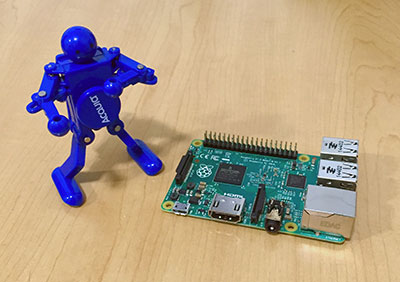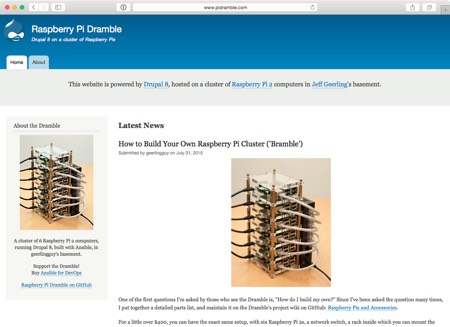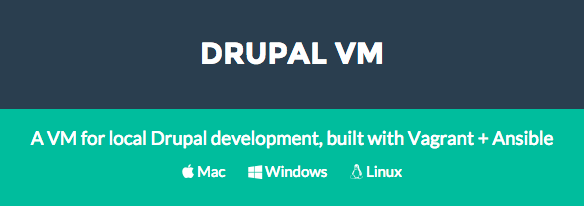Configuring CloudFlare with Drupal 8 to protect the Pi Dramble
In a prior post on the constraints of in-home website hosting, I mentioned one of the major hurdles to serving content quickly and reliably over a home Internet connection is the bandwidth you get from your ISP. I also mentioned one way to mitigate the risk of DoSing your own home Internet is to use a CDN and host images externally.
At this point, I have both of those things set up for www.pidramble.com (a Drupal 8 site hosted on a cluster of Raspberry Pis in my basement!), and I wanted to outline how I set up Drupal 8 and CloudFlare so almost all requests to www.pidramble.com are served through CloudFlare directly to the end user!
CloudFlare Configuration
Before anything else, you need a CloudFlare account; the free plan offers the minimal necessary features (though you should consider upgrading to a better plan if you have anything beyond the simplest use cases in mind!). Visit the CloudFlare Plans page and sign up for a Free account.





